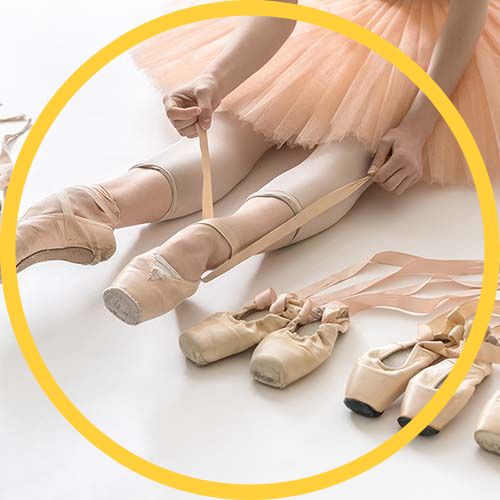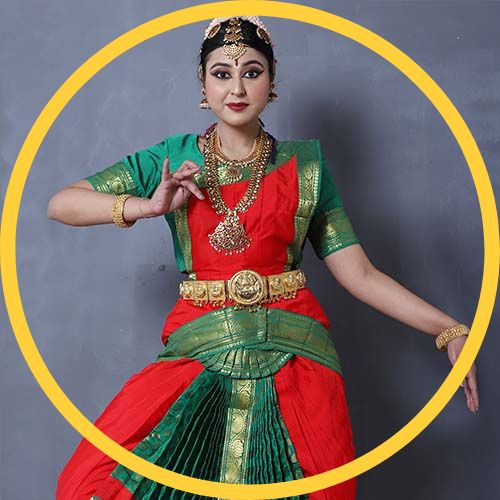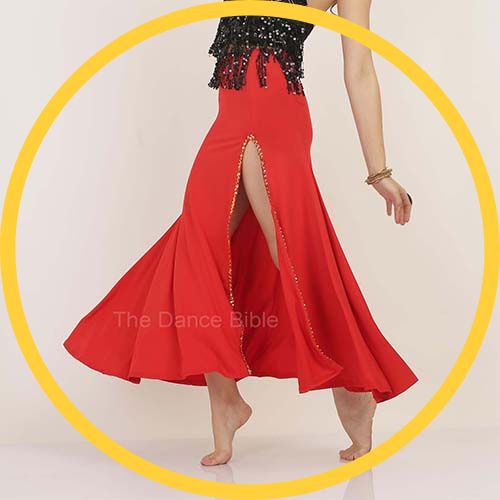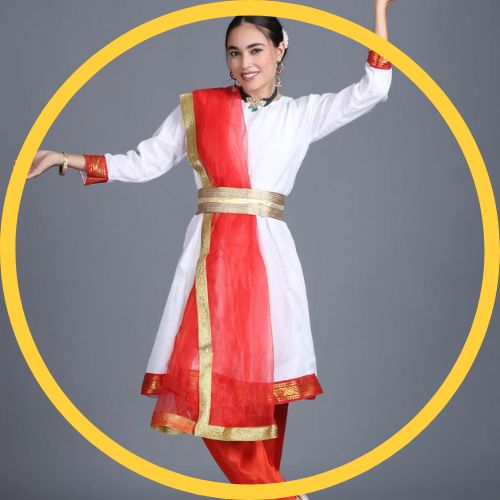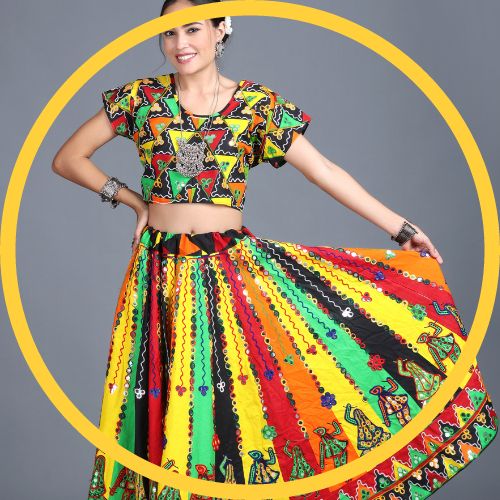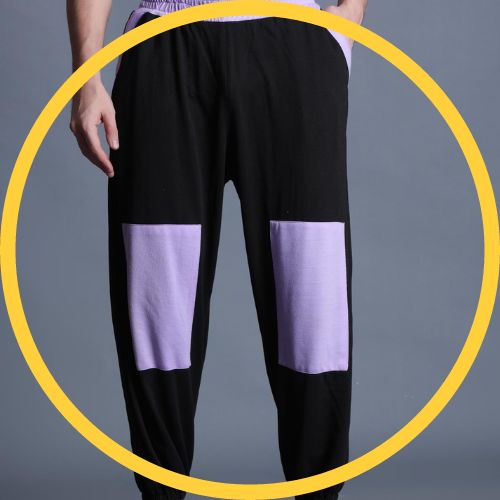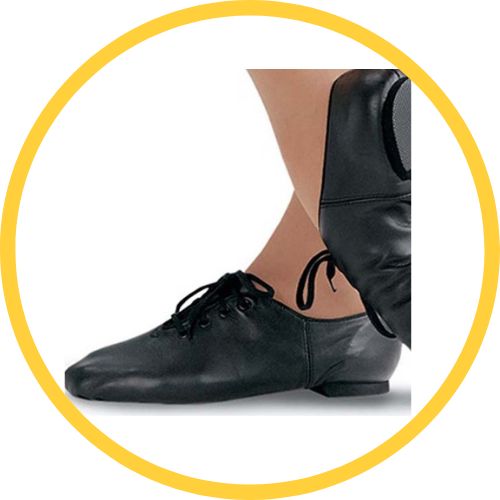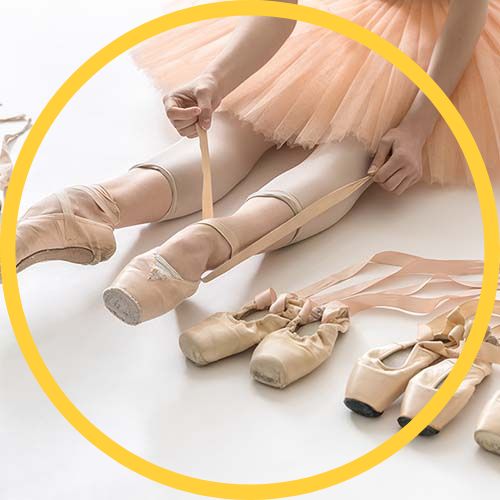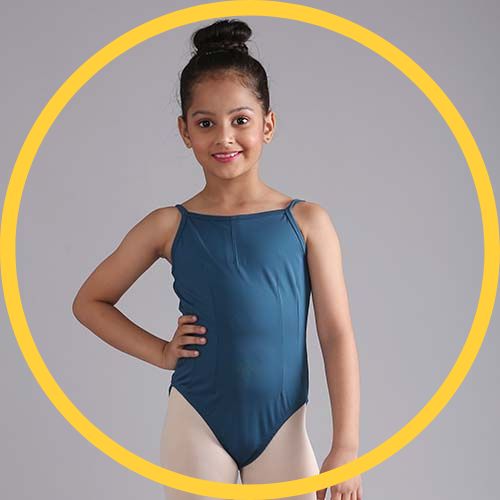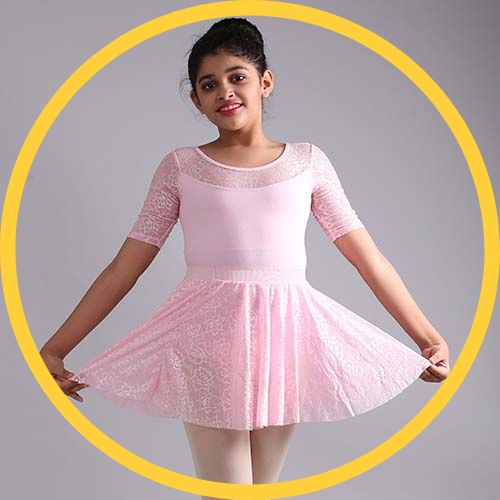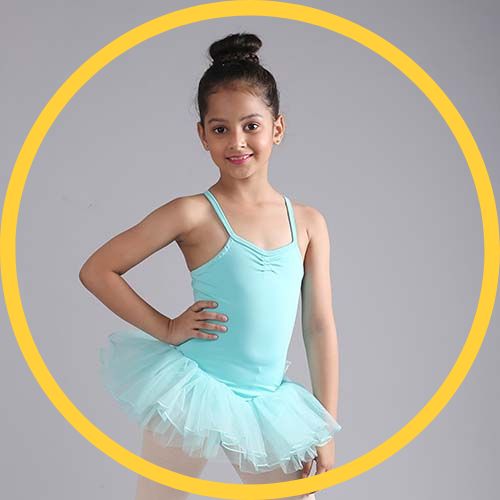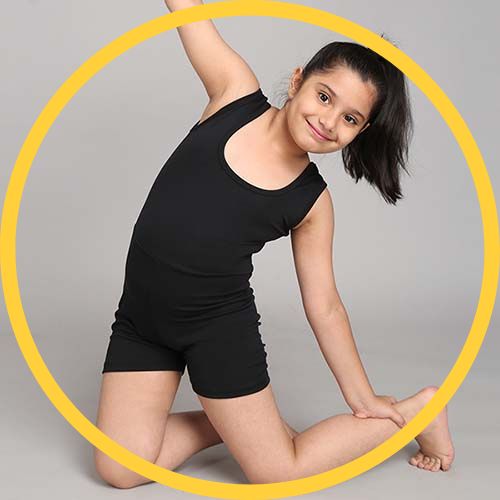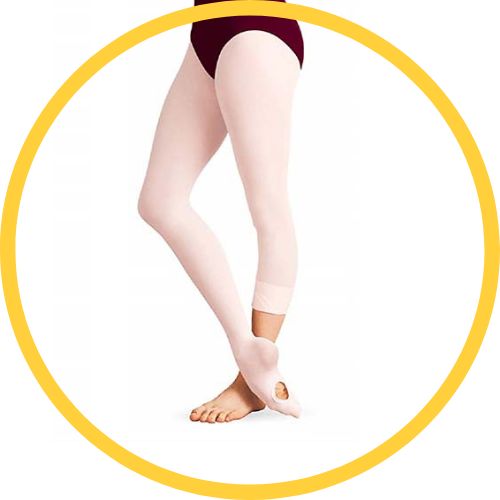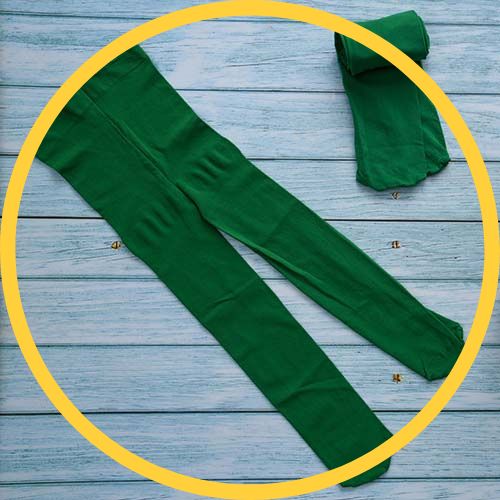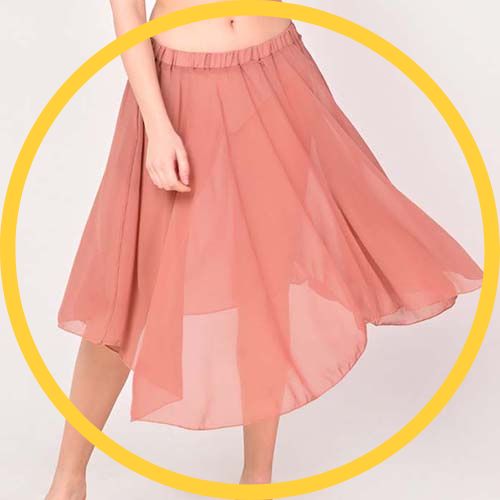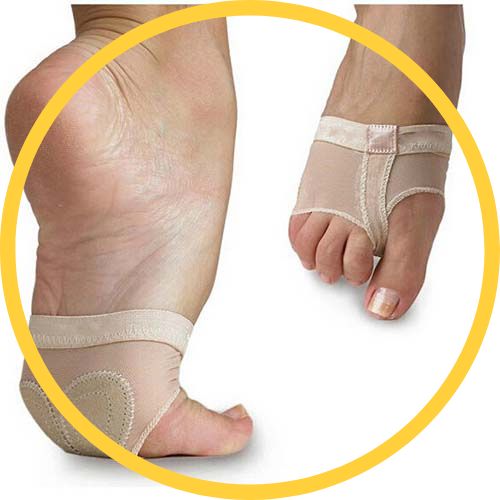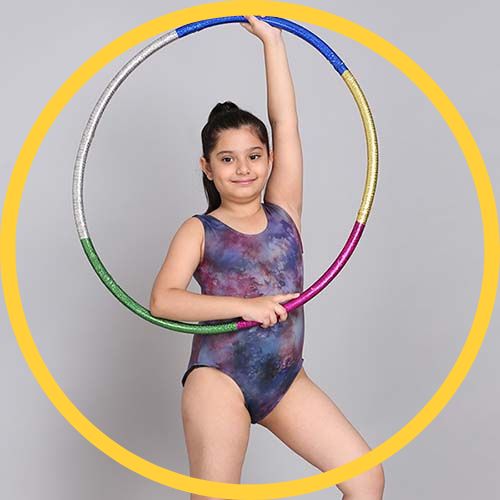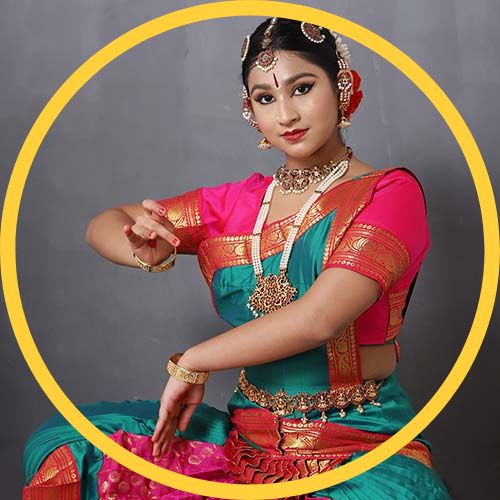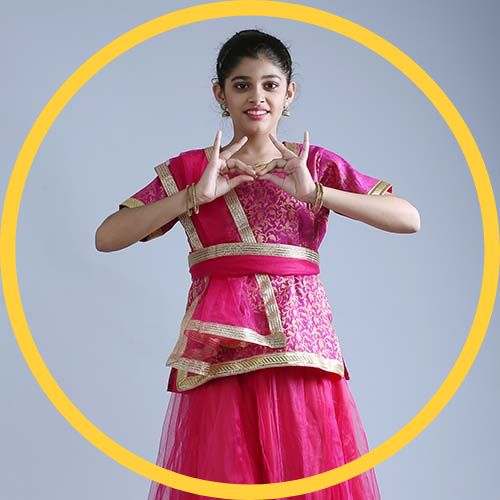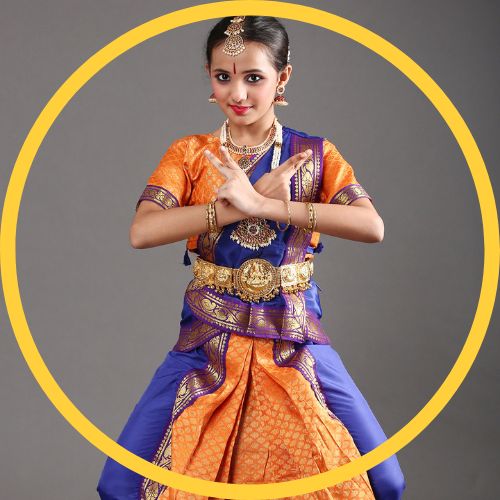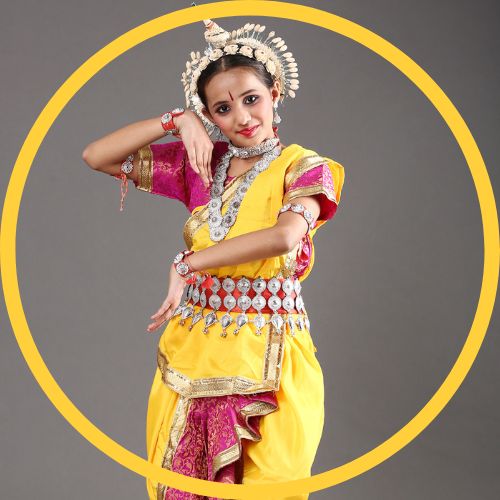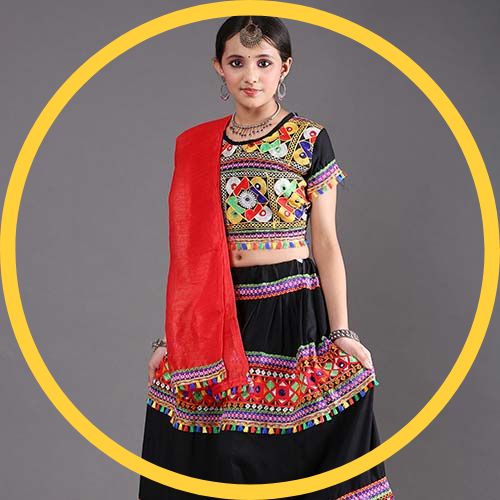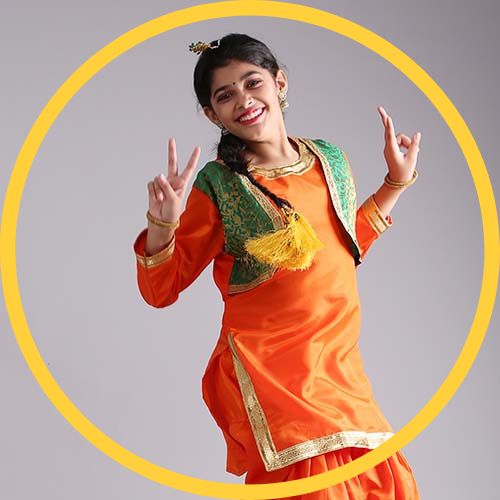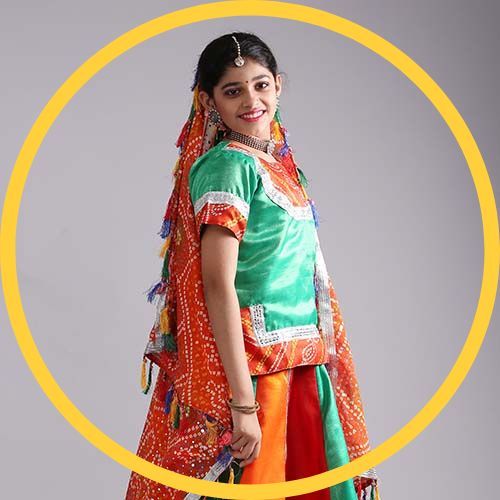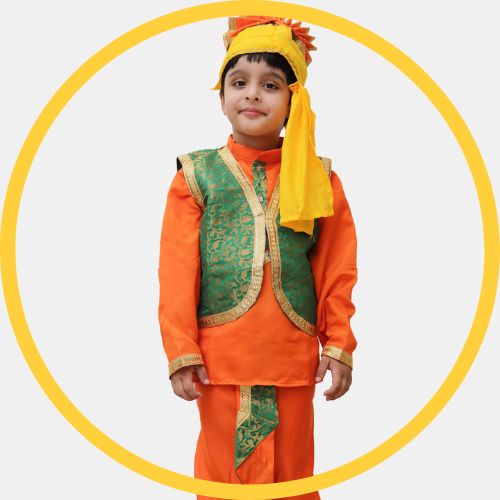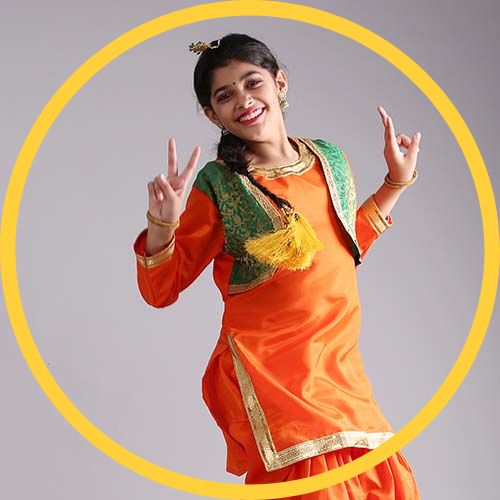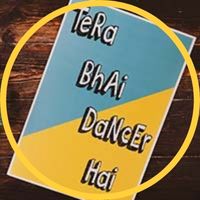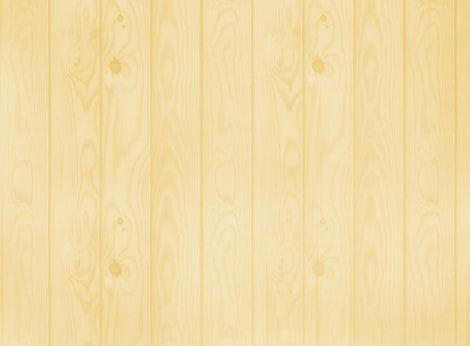Reviving Traditions: The Importance of Preserving and Promoting Indian Folk Dance Costumes
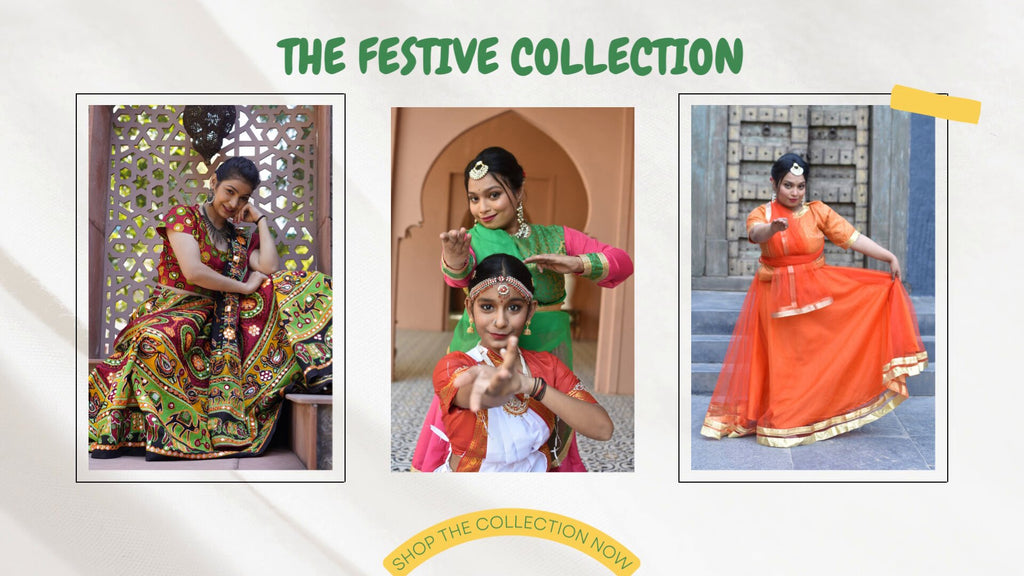
India is a land of rich cultural diversity, a tapestry woven with vibrant traditions and art forms. Among the many facets of this cultural mosaic, Indian folk dances stand as living expressions of regional customs and history. These dances come alive through the intricate and colorful costumes worn by the performers, offering a visual journey through India's diverse heritage. In recent years, the importance of preserving and promoting traditional Indian folk dance costumes has become increasingly evident. This article delves into the reasons why this endeavor is crucial and how it ties into various Indian folk dances, including Garba, Bhangra, Kathak, and Bharatanatyam.
Preserving the Legacy
Folk dances have been an integral part of Indian society for centuries, bearing tremendous historical significance. These dances are not merely performances; they are living embodiments of age-old traditions. By preserving the costumes associated with these dances, we also safeguard our rich cultural heritage and gain insights into the historical evolution of our cultural tapestry.
For example, The colorful and complex Garba costumes worn during Navratri celebrations represent the dedication and fervor of the participants in the Gujarati dance style. These costumes are more than just attire; they embody the deep-rooted cultural traditions of the region.
Identity and Pride
Wearing traditional folk costumes during performances is akin to embracing one's cultural roots. It's a celebration of one's heritage and a source of cultural pride. This connection to one's culture fosters a stronger sense of belonging and identity.
In our fast-paced world, staying connected with one's cultural roots is essential for preserving one's identity. Traditional costumes serve as a tangible link to our heritage, reminding us of our cultural origins and traditions.
Let's take the example of Bhangra, the energetic and lively dance form originating from the Punjab region. Bhangra costumes are a riot of colors, reflecting the exuberance and vitality of this dance. Men don vibrant turbans, long kurtas, and dhotis while women don bright and intricately embroidered suits. These costumes are more than just clothing; they are an embodiment of the exuberant spirit of the dance and the culture it represents.
Ghoomar, the graceful dance of Rajasthan, is another prime example. The Ghoomar costume is a reflection of Rajasthan's vibrant culture. Women wear flowing, colorful ghagras (skirts) adorned with intricate mirror work and paired with cholis (blouses) and ornate jewelry. These costumes are a celebration of Rajasthan's rich history and traditions, and they play a central role in the dance's charm.
Keeping Ancient Skills Alive
Many folk dance costumes are intricately handmade, requiring specialized skills passed down through generations. In the past, creating these costumes was a way of life for certain families, and the skills involved are a significant part of their legacy.
Supporting these costumes means supporting the talented artisans who create them. This ensures that their skills continue to thrive, providing them with a means of livelihood. In this way, we help preserve traditional crafts and contribute to the economic well-being of these artisans.
Traditional clothing worn in dance forms like Kathak and Bharatanatyam embodies enduring artistic traditions. These costumes are essential for preserving the authenticity and elegance of India's cultural dances, showcasing remarkable craftsmanship and connecting modern-day performers with the heritage of their art.
The preservation and promotion of Indian folk dance costumes are not just about visual appeal; it's a multi-faceted effort that encompasses preserving cultural identity, reviving age-old crafts, supporting artisans, and celebrating diversity. These costumes are not mere clothing; they represent the living essence of India's profound cultural legacy. Their enduring significance ensures the preservation of India's traditions and their continued relevance in the modern world. By promoting and preserving these costumes, we pay homage to India's rich cultural heritage and ensure it thrives in the contemporary world.
As we admire the colorful tapestry of Indian folk dances and their accompanying costumes, let us also recognize the artisans who bring these traditions to life. In doing so, we contribute to a future where these traditions continue to flourish, bringing joy and cultural enrichment to generations yet to come.























